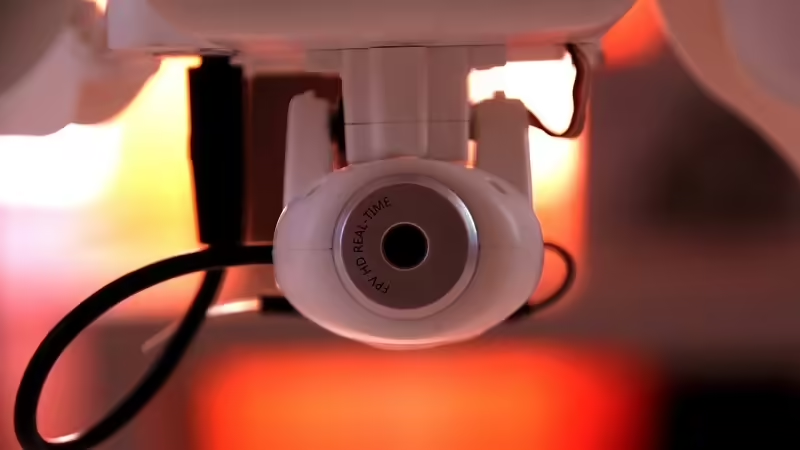
Science fiction has been a popular genre for many years now, and sometimes looking at the technological advancements we’ve made feels like stepping into the world of sci-fi. There are robots for a myriad of different jobs now, and it’s amazing how they are already working to make our lives better. Whether you love or hate them, robots represent some of the best aspects of human creativity and ingenuity, and it looks like they are here to stay! So, what kinds of robots are there, and how are they affecting life as we know it today?
1) Industrial Robots
Industrial robots and professional service robots aren’t the same thing, though to people who aren’t particularly involved in “robot world,” the difference may seem irrelevant. Industrial robots tend to be focused on production, and they are usually found in factories around the world. If you’ve ever seen a mechanical arm transferring things or picking things up from a conveyor belt, you’ve seen an industrial robot.
Industrial robots started to appear sometime around the 1970s, and they’re commonly used in the automotive industry, as well as in electronics and metal manufacturing, chemical industries, and the food industry.
Industrial robots are often found on assembly lines, and their numbers are increasing, though perhaps more slowly than some people would expect. They tend to have quite a long life span, with some lasting around a decade before they need replacing.
2) Professional Service Robots
Professional service robots have only really started to appear in the last decade, so they are not nearly as widespread as industrial robots. They are usually robots which are designed to assist humans, and they don’t tend to replace them (as the typical mechanical arm industrial robot does). They aren’t usually intended for heavy tasks like industrial robots, but are frequently designed to transport things, and often have wheels as a result. They are often used in industries such as hospitality, logistics, healthcare, and retail, though there are many other uses for such robots as well.
There is certainly some overlap between the two kinds of robots, so at times it can be hard to distinguish what an industrial robot is versus a service robot, but this should give you a general idea of where the line is drawn, and how the two kinds of robots tend to be placed in the world.
It’s thought that professional service robots will see faster growth in today’s world. This is partly due to the fact that they have more catching up to do, but also because the technology is advancing at an extraordinary rate. These kinds of robots are going to quickly become smarter and more useful, as we start to overcome some of the challenges such as connectivity. These robots generally need to be free moving and not wired into anything, and current wireless technology presents some challenges. As wireless technology continues to improve and the price point for it falls, these robots are going to become more useful and more financially attractive to a whole variety of businesses.
We may also start seeing more service robots in and around the home as the technology gets better and cheaper. Such robots may begin helping with tasks in the house, particularly for people who are disabled but want to maintain their independence as far as possible. An example of this would be Romeo, a humanoid robot designed to assist the elderly. Romeo can pick up objects, open doors, and navigate stairs.
Another robot determined to improve life for people, Leka is a sphere designed to help special-needs children, offering games, sounds, colors, and a face which can show different expressions. Its goal is to help children develop, so it isn’t just a fancy toy – it’s actually there to aid their growth. Technology is a crucial tool for helping many disabled people to live and grow independently, and it’s thrilling that we’re going to see more of that as time goes on.
No matter what you think and feel about robots, none of us can deny that they are enormously helpful in today’s world. Like everything, they have advantages and disadvantages, but human creativity never ceases to amaze and inspire, and we can’t wait to see what comes out of the robot world next.
Elizabeth Hines is a digital marketer and content writer at Write my essay and Academized. She writes about helping businesses explore new medium avenues, and recently has started writing about how business can thrive in the COVID-19 world on websites, such as Boomessays, and others.







